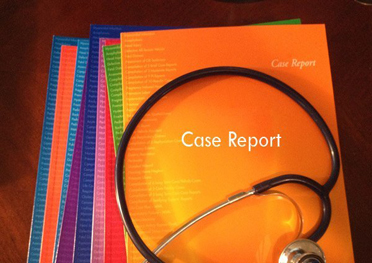Background: Tramadol induced disorder is a new problem.
Objective: To explain the efficacy of low dose of clonidine, baclofen and ibuprofen (NSAID) in the treatment of severe and chronic tramadol dependency (2000 mg daily).
Method: To evaluate the usefulness of non-narcotic drugs in the management of severe tramadol withdrawal symptoms.
The Effects of Substance Abuse Following Personal Injury: Five Case Studies from a Medico-Legal Context
The purpose of this paper is to describe the multivariate effects of compensable injury on addictive behaviors, especially in relation to substance abuse. Five case studies are broken down into (a) post-accident addiction and (b) pre-accident addiction. These vignettes indicate that within a personal injury the problem of substance use or abuse is hardly independent of other factors. It is linked to pre-accident factors as well as post-accident adjustment.
Buprenorphine Maintenance for Opioid Dependence in Public Sector Healthcare: Benefits and Barriers
Background: Since its U.S. FDA approval in 2002, buprenorphine has been available for maintenance treatment of opiate dependence in primary care physicians' offices. Though buprenorphine was intended to facilitate access to treatment, disparities in utilization have emerged; while buprenorphine treatment is widely used in private care setting, public healthcare integration of buprenorphine lags behind.
Update on Opioid Addiction for Perioperative and Critical Unit Care: Anaesthesiologists Perspective
Drug addiction remains a challenge in perioperative management for a surgical procedure for anaesthesiologists. Anesthesiologists are increasingly encountering patients with current or previous history of drug abuse in their day-to-day practice, both in the ED (emergency department) or ICU (intensive care unit) and the OR (operating room) [1].
The Effects of Beverage Specific Alcohol Sale on Liver Cirrhosis Mortality in Russia
Background: Liver cirrhosis is a major cause of deaths in many developed countries. There is evidence that beverage preference may have modifying influence on liver cirrhosis risk independently of the amount of alcohol consumed.












